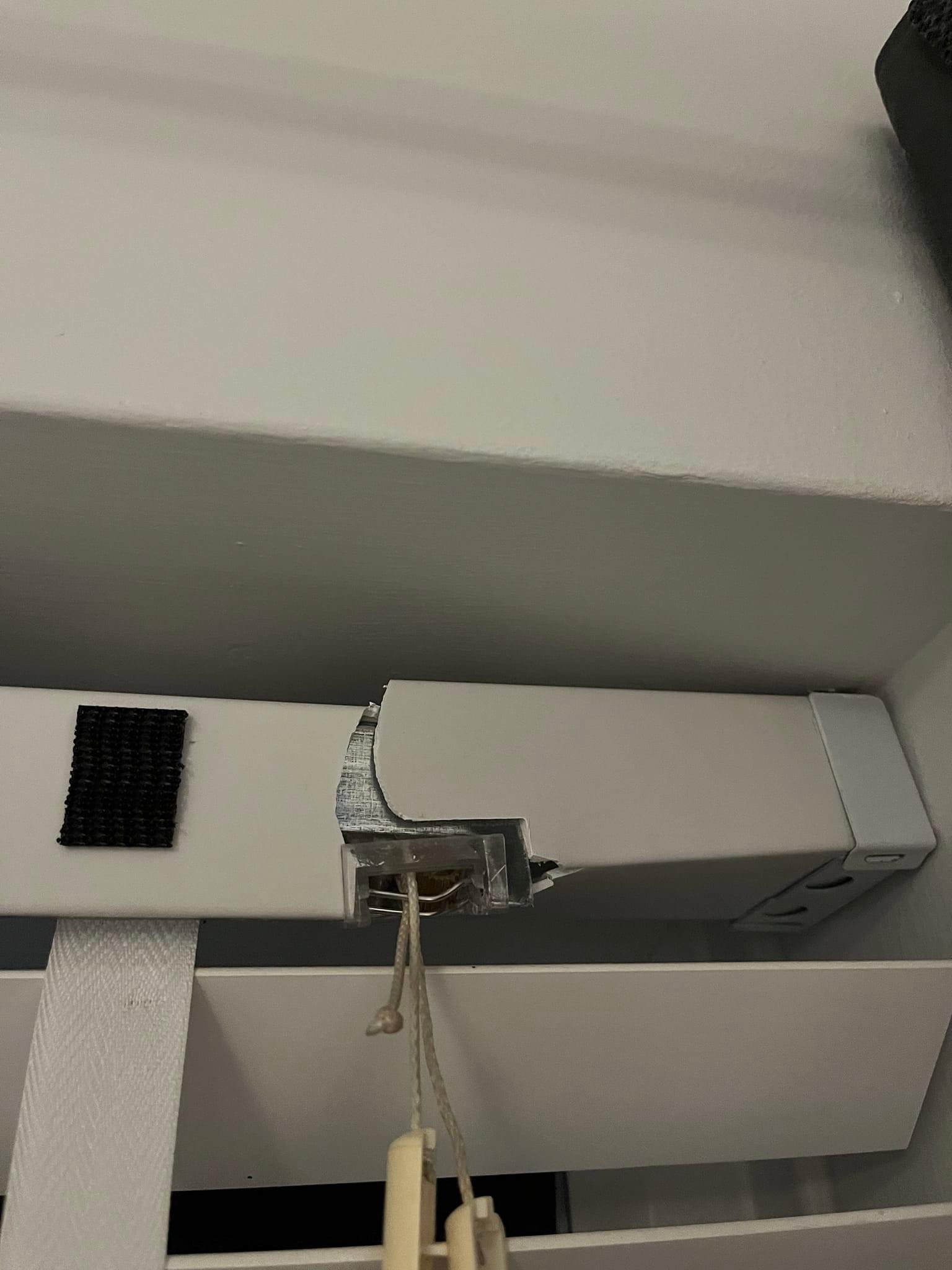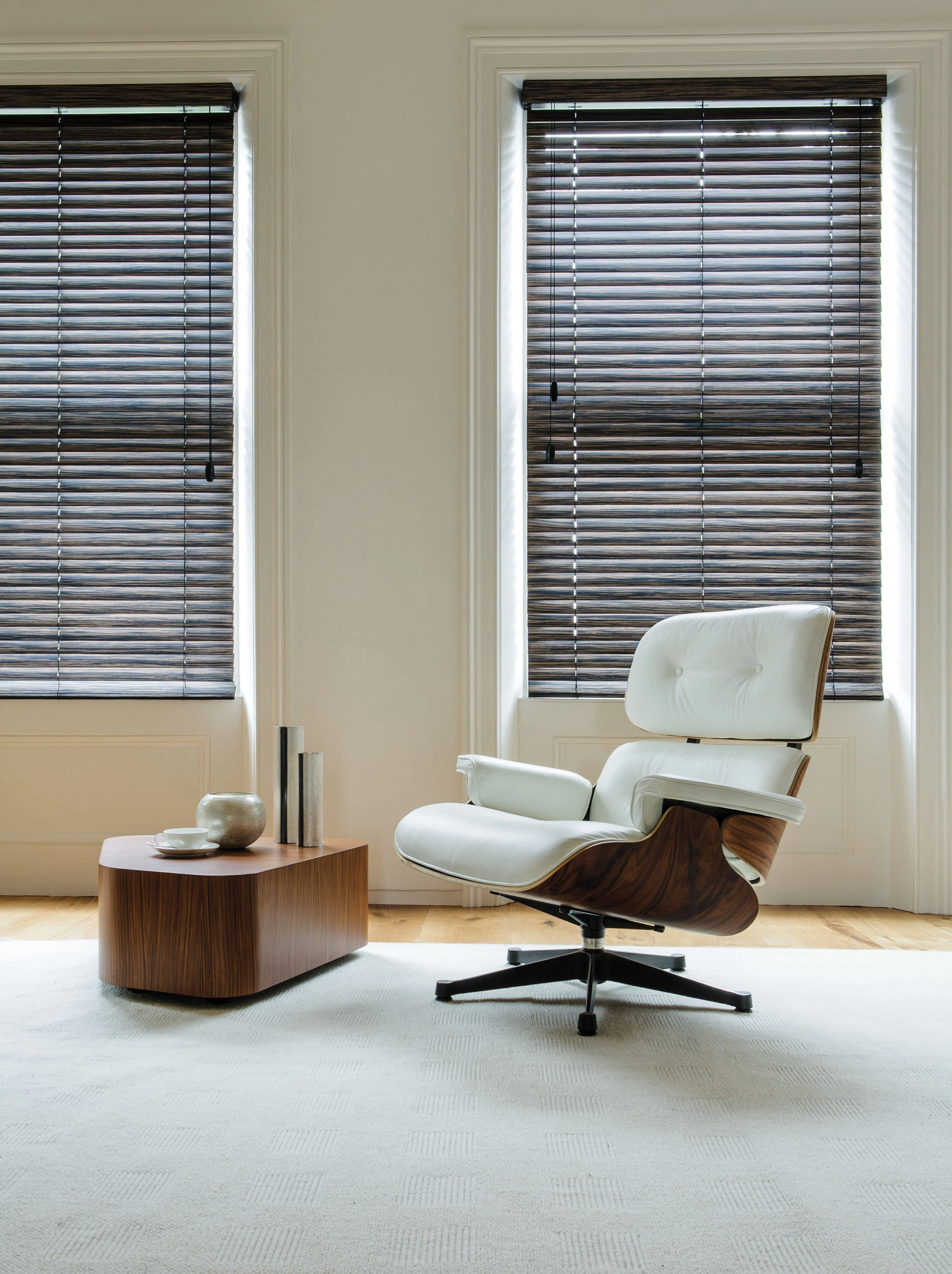Wood vs Faux Wood Blinds: Which Is Right for Your Windows?
Trying to decide between real wood and faux wood blinds? It’s one of the most common choices our customers face and a conversation we have almost every day.
The truth is, both have their place, and the right choice depends on more than just price or looks. Here’s what you really need to know before you decide.
What’s the Difference Between Wood and Faux Wood Blinds?
Wood Blinds
- Made from real timber (usually basswood)
- Natural wood grain and texture
- Lighter in weight
- Premium feel and finish
- Slightly more expensive
Faux Wood Blinds
- Made from high-quality PVC or composite materials
- Designed to mimic the look of real wood
- Heavier and more robust
- Moisture-resistant and easy to clean
- Often more affordable
They look very similar from a distance, but the difference in performance shows up over time especially in certain rooms.
🏠 Where Are They Going? Room-by-Room Advice
Here’s where honest advice matters most. We regularly visit homes where real wood blinds have been fitted in the wrong place and have warped, or where faux wood blinds have been used on very wide windows and have become difficult to operate.
Bathrooms and Kitchens
Go with faux wood , every time. The moisture and steam will eventually damage real wood, no matter how well it’s sealed.
Living Rooms and Bedrooms
This is where real wood shines. It’s lighter, warmer in appearance, and adds natural character to a room. Fauxwood is also an option if you want consistency around your home.
Children’s bedrooms I would recommend fauxwood blinds as it is easier to remove little finger marks and the slats will flex, whereas wood slats can splinter.
Wide Windows or Doors
Real wood blinds are lighter in weight, so they’re easier to lift and place less strain on the mechanisms and brackets. Bamboo Wood would be the ideal choice as it is much lighter than both real wood and fauxwood, but is not widely available.
Rental Properties or Family Homes with pets
Faux wood is the more practical choice. It’s wipe-clean, more hard-wearing, and better suited to high-traffic areas or daily use.
⚠️ Common Mistakes We Help Customers Avoid
- Choosing real wood in humid rooms
We’ve replaced more warped wooden blinds in bathrooms than we can count. Even premium wood won’t cope with constant steam. - Assuming faux wood is ‘the same but cheaper’
It looks similar, but it’s heavier and may not suit every window. You’ll feel the difference when you operate a wider blind. - Fitting either type without advice on brackets, spacing or child safety
Especially in homes with bay windows or patio doors, it’s not just about slats, it’s about weight, clearance, stacking and usability.
🧾 At a Glance: Wood vs Faux Wood
Feature |
Real Wood Blinds |
Faux Wood Blinds |
Look & Finish |
Natural, warm |
Imitation woodgrain |
Weight |
Lighter |
Heavier |
Price |
Higher |
Lower |
Moisture Resistance |
Low |
High |
Maintenance |
More care needed |
Easy to clean |
Best For |
Bedrooms, living rooms |
Bathrooms, kitchens |
👀 What We Recommend (And Why)
We don’t push products. We match blinds to the room, the window, and your priorities.
Recently, we visited a home in Wigston where a customer loved the idea of real wood blinds throughout including the bathroom. We explained why that would be a mistake and showed them a faux wood option in a similar colour and finish. They were relieved we’d said something and even more relieved later when they told us later that a family member told them their bathroom blind had started to split and crack.
🙋♀️ FAQs
Are faux wood blinds waterproof?
Yes, faux wood blinds are made from PVC, making them ideal for bathrooms and kitchens.
Do real wood blinds warp over time?
They can, especially in rooms with moisture or temperature changes. In dry, well-ventilated spaces, they perform very well.
Are wood blinds worth the extra cost?
If you're choosing based on look, weight, or long-term value in living spaces, yes. But not in every room.
Can I mix wood and faux wood blinds in the same home?
Absolutely. Many of our customers use real wood in living spaces and faux wood in bathrooms for practicality.
✅ Final Thought and this is important!
The other aspect with both wood and Fauxwwod venetian blinds is the fitting of them. Both are heavy so the type of fixings used is really important if you want your blinds to last.
Most wooden venetian blinds in the UK are installed with end fix box brackets. As the name suggests these brackets fit on the very end of the blind and supplied as standard with every blind sold.
The problem with end fix brackets is that there is only one right place to fit them and if the fixing isn’t great you have a problem.
The other issue we coming across on a regular basis with the end fix brackets is the headrail cracking on bigger blinds. The distance from the bracket to the cords you use to raise and lower the blind can cause the rail to flex and over time crack.

Reputable blind companies will pay extra to buy multi fix brackets that can be fitted anywhere across the width of the blind ensure a good solid fixing.
They can also be fitted right next to the raise and lower cords so there is no flex.
This is really important as it is not something you will notice until a year or so time when the fixing pulls out, or the rail cracks and your blind could possibly be out of guarantee.



